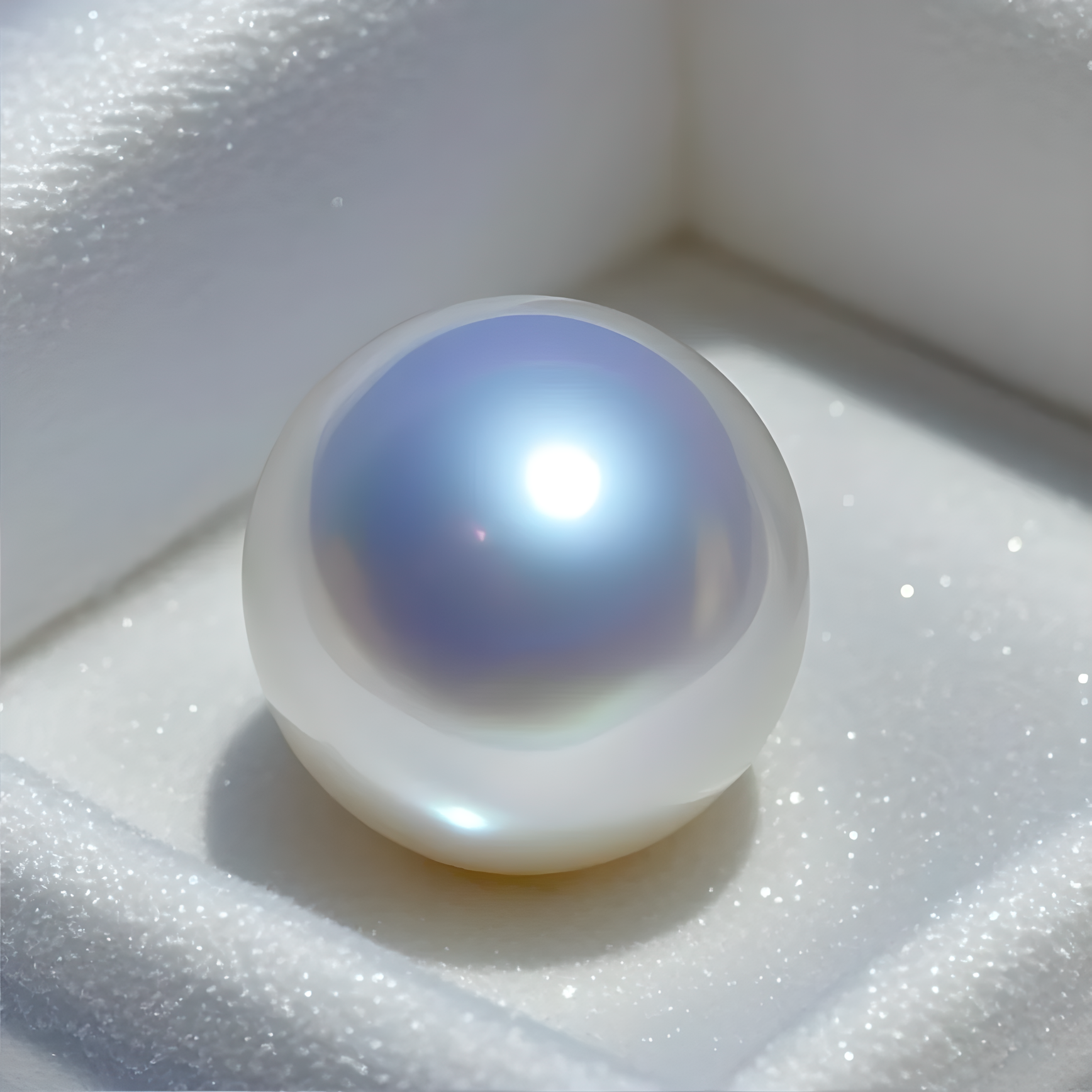
Freshwater vs. Saltwater Pearls: What You Need to Know About Density
Freshwater vs. Saltwater Pearls: What You Need to Know About Density
Unveiling the Hidden Secrets Behind Your Pearl Jewelry
Introduction: Pearls, Mystique, and Science
Have you ever marveled at the iridescent beauty of a pearl and wondered about the secrets it holds? Among various characteristics, a pearl’s density is a little-known trait that can influence its quality and authenticity. But does the density of freshwater pearls really differ from that of saltwater pearls? Delving into this intriguing question can not only enhance your appreciation for these gems but also guide you in making informed choices when purchasing pearl jewelry. Join us as we unpack the factors that contribute to pearl density and explore the science behind this captivating feature.

Understanding Pearl Density
Pearl density refers to the weight of the pearl relative to its size, often measured in grams per cubic centimeter. While it might sound technical, understanding this attribute helps dispel common misconceptions about pearl quality and value.
Natural vs. Cultured Pearls
The first step in exploring pearl density is to distinguish between natural and cultured pearls. Natural pearls, formed organically in mollusks without human intervention, typically show a density range of 2.61 to 2.85 g/cm³ for saltwater varieties and around 2.66 g/cm³ for freshwater varieties. The minimal difference in these figures debunks the myth that freshwater pearls are significantly less dense than their saltwater brethren.
For more detailed insights into pearl formation, check out National Geographic’s overview of pearls.
Expert Insight: A Balanced View
According to the Chinese National Standard for Gem Testing (GBT 16553), as mentioned in authoritative documents, this minor density variation indicates that both types of natural pearls share similar structural characteristics. As gemologist Dr. Emily Wang notes, “The density of a pearl is more about its origin and formation process rather than a strict freshwater versus saltwater dichotomy.”
Cultured Pearl Varieties: A Deeper Dive
Moving beyond natural pearls, it’s essential to explore the nuances found in cultured pearls, which are created with human assistance.
Saltwater Cultured Pearls
Cultured saltwater pearls, reared in oysters, generally exhibit a density range of 2.72-2.78 g/cm³. This density shows a slight deviation from their natural counterparts but highlights the precision involved in pearl cultivation to maintain structural integrity and luster.
If you’re interested in the process of pearl cultivation, The Pearl Guide offers a comprehensive explanation.
Freshwater Cultured Pearls
Freshwater cultured pearls, often produced in mussels, tend to have a lower density compared to their natural analogs. The density variation is more pronounced, demonstrating the impact of different cultivation methods and environments on pearl characteristics. This distinction suggests that, within the realm of cultured pearls, the density of freshwater varieties can be less compared to saltwater ones.
Conclusion: The Art and Science of Pearls
Understanding the density of pearls offers a fascinating glimpse into their formation and contributes significantly to the jewelry world’s appreciation for these coveted treasures. Whether you are investing in a pair of earrings or a statement necklace, knowledge of pearl density aids in discerning quality and authenticity. Next time you admire these luminous gems, remember—there’s more than meets the eye. The synergy of art and science makes pearls not just a symbol of elegance, but also a testament to nature’s enduring wonders.
By diving into the depths of pearl density, we uncover truths that assure us of their timeless allure and empower us as consumers and connoisseurs alike.



Leave a comment
This site is protected by hCaptcha and the hCaptcha Privacy Policy and Terms of Service apply.